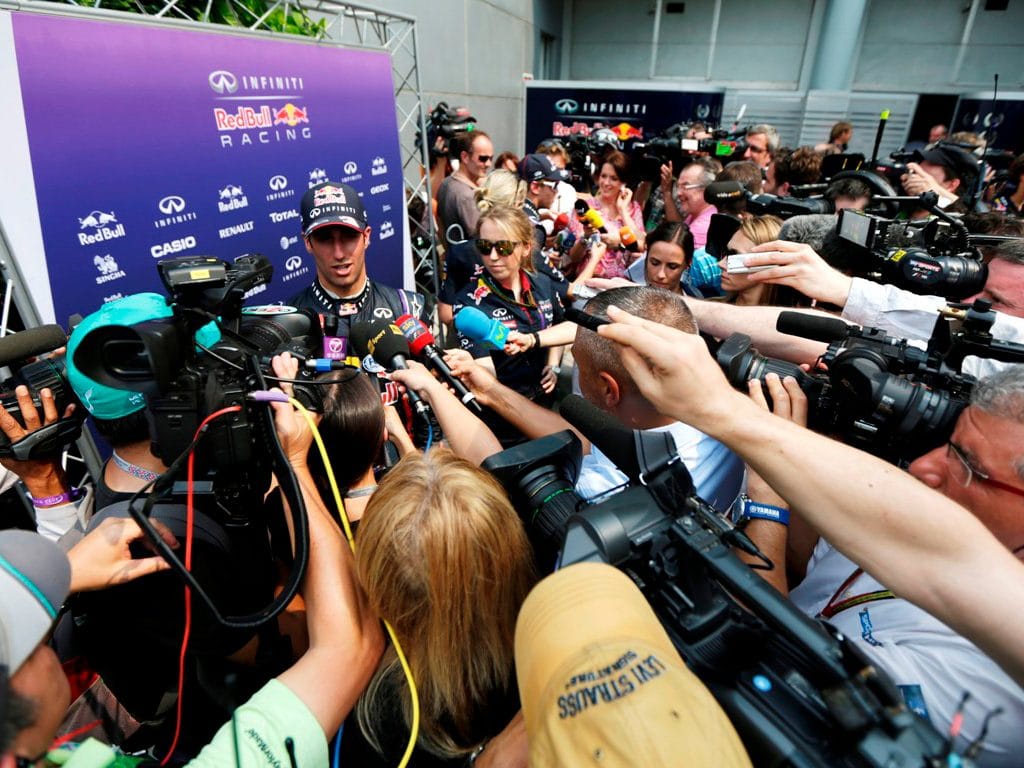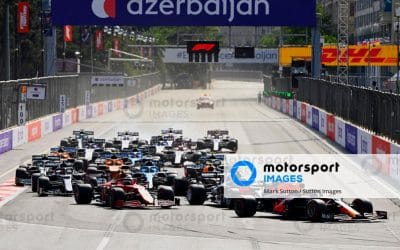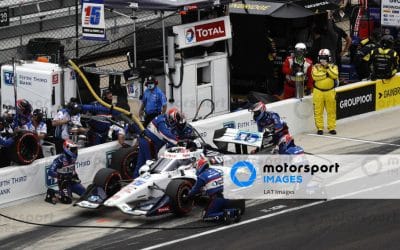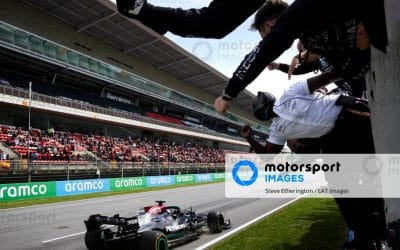Getting the message across
The lifeblood of motorsport is publicity – as without media exposure, a driver’s career can falter, and sponsors don’t get the coverage they need to justify their investment. But who are these people who create reputations? The role of the media in motorsport is a vital one, from the grass roots all the way to the very top.
In the same way that drivers climb a distinct career ladder, from karting through single-seaters, journalists often replicate the career path of the stars they are reporting on.
One of the most respected motorsport journalists out there is Jonathan Noble, who currently reports on Formula 1 for motorsport.com – the largest motorsport site in the world. On the way, the Englishman has covered everything from Formula Ford to Formula 3. But there’s one race he identifies as being particularly relevant to identifying future talents.
Spotting the greats
“I think Macau is a key race when it comes to spotting people destined for the top of the sport,” says Jonathan. “All the great drivers have been there and there are always plenty of stories. For example, a couple of years ago, Lando Norris came straight to Macau from Brazil, where he had been due to drive in a test that was subsequently cancelled on safety grounds. He’d just landed, and only found out about the cancellation when he was in the bath – and then flew straight to Macau! So effectively, he went all the way to Brazil just to have a bath.”
The role of digital media
In the three decades that Jonathan has been covering motorsport, he’s seen plenty of changes: first and foremost a digital transformation. “Access to drivers is more restricted than it used to be, so you have to be clever with the material that you’ve got and make the most out of it,” Jonathan points out. “The world has changed, and of course more money is involved: all it takes is one person to write one thing that’s silly and suddenly it’s out there on social media. So, controlling access is the way that PR people have of keeping everything fair and making sure that everyone has the same opportunity. It’s not better or worse than it used to be; just different.”
The role of the media has also changed in that time, with 14-hour days a common occurrence at F1 races for most journalists. The internet is a beast that’s always hungry and there’s a 24/7 demand for news. And, while it’s bad news for the people who have to write the stories, this is actually good news for young drivers, who have more opportunity than ever to get their messages out there.
Tell me a story
So, what can a driver do to improve his or her profile with the media and ensure maximum coverage? As well as – obviously – driving a car as quickly as possible? “It’s important for a driver not to come across as robotic and to have a good story to tell,” concludes Jonathan. “Most of them actually do; you just have to unearth it. The story of Lando going to Brazil just for a bath is a great example.”
That’s the key piece of advice for drivers who want to get noticed. Think of your story; what makes you different. And then find a journalist to tell it to. Even if something seems banal on the surface – like having a bath – there’s often a great tale behind it.



